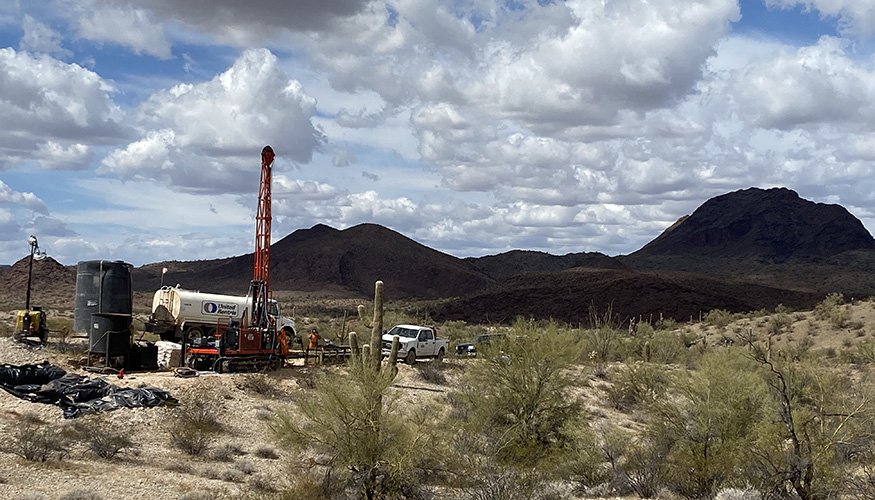Green, bio-based extraction of rare earths from domestic ores for a sustainable world
By Anne M Stark, Lawrence Livermore National Laboratory, stark8@llnl.gov, 925-422-9799

Lawrence Livermore National Laboratory (LLNL), Penn State (PSU) and University of Arizona (UA) researchers are partnering with industry collaborator Western Rare Earths (WRE), U.S. subsidiary of American Rare Earths Limited, to use a naturally occurring protein to extract and purify rare earth elements (REEs) from abundant, domestic ore-based feedstocks and waste materials without harming the environment. It could offer a new avenue toward a more diversified and sustainable REE sector for the United States.
Domestic sourced and processed REEs are essential for American competitiveness in the clean energy and high-tech industries. These rare earth and other critical minerals are used in many devices vital to a high-tech economy and national security, including computer components, high-power magnets, wind turbines, mobile phones, solar panels, superconductors, hybrid/electric vehicle batteries, LCD screens, night-vision goggles and solid oxide fuel cells (SOFCs). To date, the chemical processes used to extract, separate and purify REEs are harmful to the environment and not sustainable.
In the project, funded by the Department of Energy's Critical Materials Institute, the researchers turned to the protein lanmodulin, which PSU's Center for Critical Mineralsteam member Joseph Cotruvo discovered. This discovery enabled a one-step quantitative and selective extraction of REEs from electronic waste and pre-combustion coal — capabilities that other chemical extraction methods do not offer.
Through a collaborative effort between LLNL, PSU, UA and WRE, the team plans to develop a scalable, all-aqueous, protein-based method for high-purity recovery of the REEs scandium and yttrium from low-grade, abundant domestic allanite ore. Yttria-stabilized zirconia (YSZ) is the most widespread electrolyte material used for SOFCs, given its high ionic conductivity, electronic resistivity and stability over a wide temperature range. Scandia-stabilized zirconia (ScSZ) is an attractive alternative to the yttrium due to its higher conductivity and excellent stability, allowing lower operating temperatures and improved longevity. Scandium also is used in high-strength, lightweight aluminum–scandium alloys that offer fuel savings when used in aircraft and vehicles.
